Distributed Systems: Principles and Paradigms (2nd Edition)
4.3
بر اساس نظر کاربران

شما میتونید سوالاتتون در باره کتاب رو از هوش مصنوعیش بعد از ورود بپرسید
هر دانلود یا پرسش از هوش مصنوعی 2 امتیاز لازم دارد، برای بدست آوردن امتیاز رایگان، به صفحه ی راهنمای امتیازات سر بزنید و یک سری کار ارزشمند انجام بدینکتاب های مرتبط:
معرفی کتاب
کتاب "Distributed Systems: Principles and Paradigms (2nd Edition)" نوشته اندرو اس. تننبام و مارتن ون استین یکی از منابع معتبر و جامع در زمینه سیستمهای توزیعشده است. این کتاب با زبانی روان و ساده، اصول و الگوهای طراحی سیستمهای توزیعشده را برای همه افراد، از دانشجویان تا حرفهایها، توضیح میدهد. هدف این کتاب، فراهم آوردن یک درک عمیق و کاربردی از چگونگی کارکردن سیستمهای توزیعشده و نحوه طراحی آنها است.
خلاصه مفصل کتاب
"Distributed Systems: Principles and Paradigms" با توصیف دقیق مفاهیم پایهای مانند سیستمهای توزیعشده، الگوریتمهای همگامسازی، توافق عمومی (Consensus) و Replication آغاز میشود. نویسندگان سپس به بررسی چالشهای رایج در طراحی و پیادهسازی سیستمهایی که به طور مؤثر در محیطهای توزیعشده عمل میکنند، میپردازند. این کتاب همچنین به استفاده از Middleware و نقش مهم آنها در سادهسازی توسعه و مدیریت سیستمهای توزیعشده پرداخته است.
در ادامه، مباحث پیشرفتهتری مانند fault tolerance، امنیت و سیاستهای مدیریت منابع در سیستمهای توزیعشده بررسی میشوند. هر فصل شامل مثالهای عملی و سناریوهایی است که به خوانندگان کمک میکند تا مفاهیم را بهتر درک کنند و در دنیای واقعی بکار گیرند.
نکات کلیدی
- درک عمیق از مفاهیم مانند عیبپذیری و تحمل خطا
- مفاهیم همگامسازی و هماهنگی در سیستمهای توزیعشده
- رویکردها و تکنیکهای Replication و Consistency
- نقش و اهمیت Middleware در توسعه سیستمها
- سیاستهای مدیریت منابع و امنیت در سیستمهای توزیعشده
نقلقولهای مشهور از کتاب
"در سیستمهای توزیعشده، ارتباط مؤثر و همگامسازی جامع میان اجزا، کلید پایداری و کارایی بالای سیستم است." "سیستمهای توزیعشده نه تنها درباره اتصال شبکهای، بلکه درباره راهحلهای نوآورانه برای چالشهای پیچیده هستند."
چرا این کتاب اهمیت دارد
اهمیت "Distributed Systems: Principles and Paradigms" ناشی از توانایی آن در پرورش فهم جامع و سازماندهیشده از سیستمهای توزیعشده است. این کتاب پایهای قوی برای دانشجویان و فعالان فناوری اطلاعات فراهم میکند تا با چالشها و فرصتهای منحصر به فرد این حوزه آشنا شوند. در عصری که سیستمهای توزیعشده از اهمیت حیاتی برخوردار هستند، این کتاب به عنوان منبعی مفید در راهیابی و درک بهتر اصول پایهای و پیشرفته در این زمینه به شمار میرود.
Introduction to Distributed Systems: Principles and Paradigms (2nd Edition)
Published as a definitive guide for anyone delving into the complex, ever-evolving world of distributed systems, "Distributed Systems: Principles and Paradigms (2nd Edition)" by Andrew S. Tanenbaum and Maarten Van Steen offers profound insights into both foundational concepts and real-world applications.
Detailed Summary
In today's era of global connectivity and computing, distributed systems are central to the performance and scalability of technologies that touch virtually every facet of our daily lives. This book breaks down these systems into an understandable structure, providing a comprehensive view that encompasses both theory and practice.
The authors organize the content into pivotal themes, addressing key architectural concepts such as communication, processes, naming, synchronization, consistency, replication, fault tolerance, and security. Through thoroughly researched content and analysis, this book provides readers with the tools needed to understand how distributed systems are designed, implemented, and managed.
One of the major strengths of the book is how it aligns principles with paradigms. Each principle is discussed in a conceptual framework, followed by paradigms that illustrate practical implementations. The nuanced discussions are supported by numerous case studies, which elucidate how distributed systems are applied in real-world scenarios, ranging from cloud computing to peer-to-peer networks and beyond.
Key Takeaways
- Understanding the core architectural designs of distributed systems and how different components interact seamlessly across heterogeneous environments.
- Gaining insights into the challenges of coordination, reliability, and fault tolerance, crucial for developing systems that maintain integrity and performance under duress.
- Exploring impactful paradigms and emerging technologies, including decentralized networks and distributed data processing frameworks.
- Learning best practices for designing robust and effective distributed systems that meet high standards of user experience and resource optimization.
Famous Quotes from the Book
"A distributed system is a collection of independent computers that appears to its users as a single coherent system."
"The challenge of distributed systems is to manage complexity: the complexity of multiple variables, competing tasks, and ensuring the integrity of the overall purpose."
Why This Book Matters
As businesses, communications, and technologies grow increasingly distributed, the need for well-designed distributed systems becomes paramount. This book is essential for computer science students, systems architects, and anyone wishing to understand the underpinning structures of these powerful systems.
The second edition brings nuanced updates reflecting the evolving landscape of computing technology, including discussions on cloud-native architectures and IoT among others. Its relevance is underscored by its adaptability; the book doesn't just provide temporary solutions but teaches methods to adapt and conceptualize systems on a broader, more scalable level.
Moreover, the book is an invaluable resource due to its methodical delivery that balances theoretical insight with practical application, all designed to foster deeper understanding and forward-thinking in the ever-dynamic arena of distributed systems.
دانلود رایگان مستقیم
شما میتونید سوالاتتون در باره کتاب رو از هوش مصنوعیش بعد از ورود بپرسید
دسترسی به کتابها از طریق پلتفرمهای قانونی و کتابخانههای عمومی نه تنها از حقوق نویسندگان و ناشران حمایت میکند، بلکه به پایداری فرهنگ کتابخوانی نیز کمک میرساند. پیش از دانلود، لحظهای به بررسی این گزینهها فکر کنید.
این کتاب رو در پلتفرم های دیگه ببینید
WorldCat به شما کمک میکنه تا کتاب ها رو در کتابخانه های سراسر دنیا پیدا کنید
امتیازها، نظرات تخصصی و صحبت ها درباره کتاب را در Goodreads ببینید
کتابهای کمیاب یا دست دوم را در AbeBooks پیدا کنید و بخرید
1498
بازدید4.3
امتیاز0
نظر98%
رضایتنظرات:
4.3
بر اساس 0 نظر کاربران
Questions & Answers
Ask questions about this book or help others by answering
No questions yet. Be the first to ask!


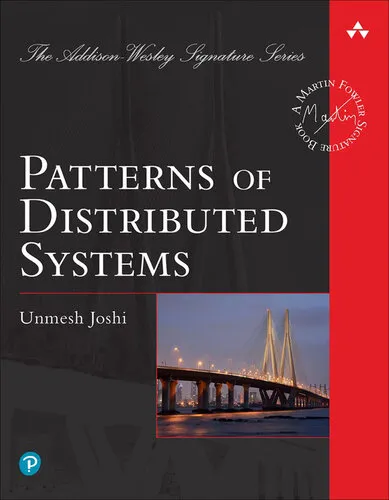

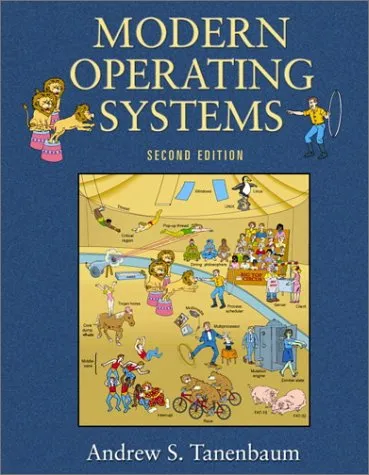
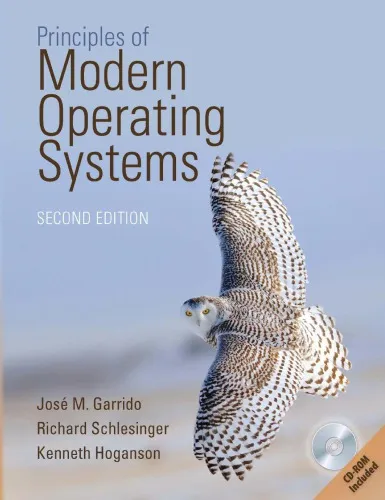

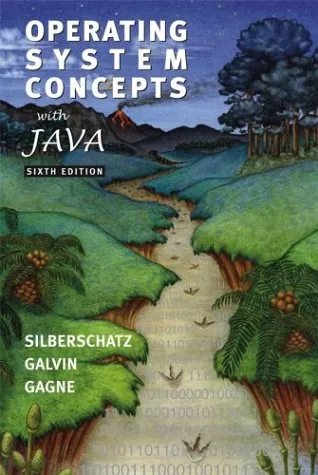
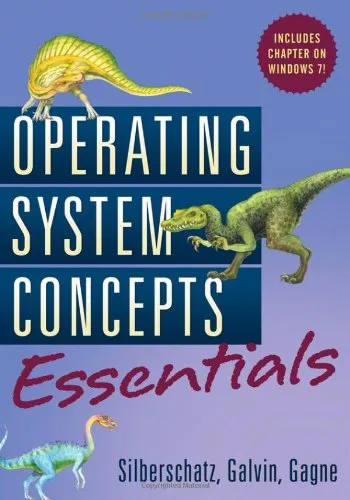
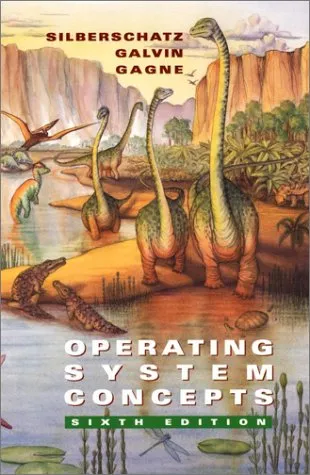
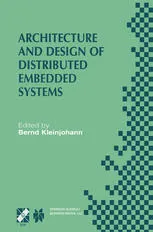

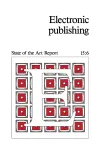
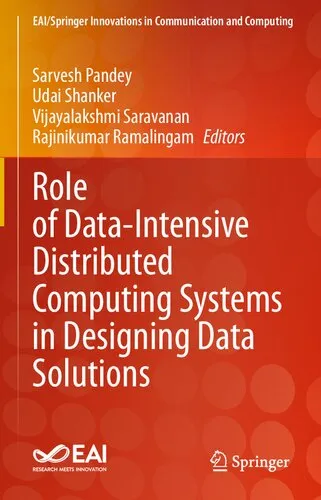
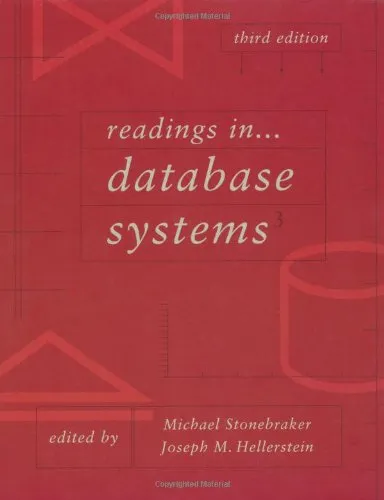
![Seven Databases in Seven Weeks [2nd ed.]](https://s3.refhub.ir/images/thumb/Seven_Databases_in_Seven_Weeks__2nd_ed_31293.webp)
